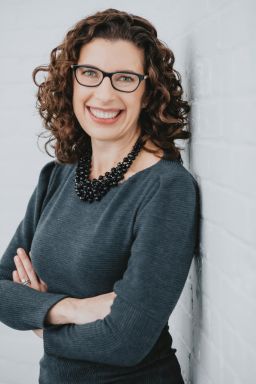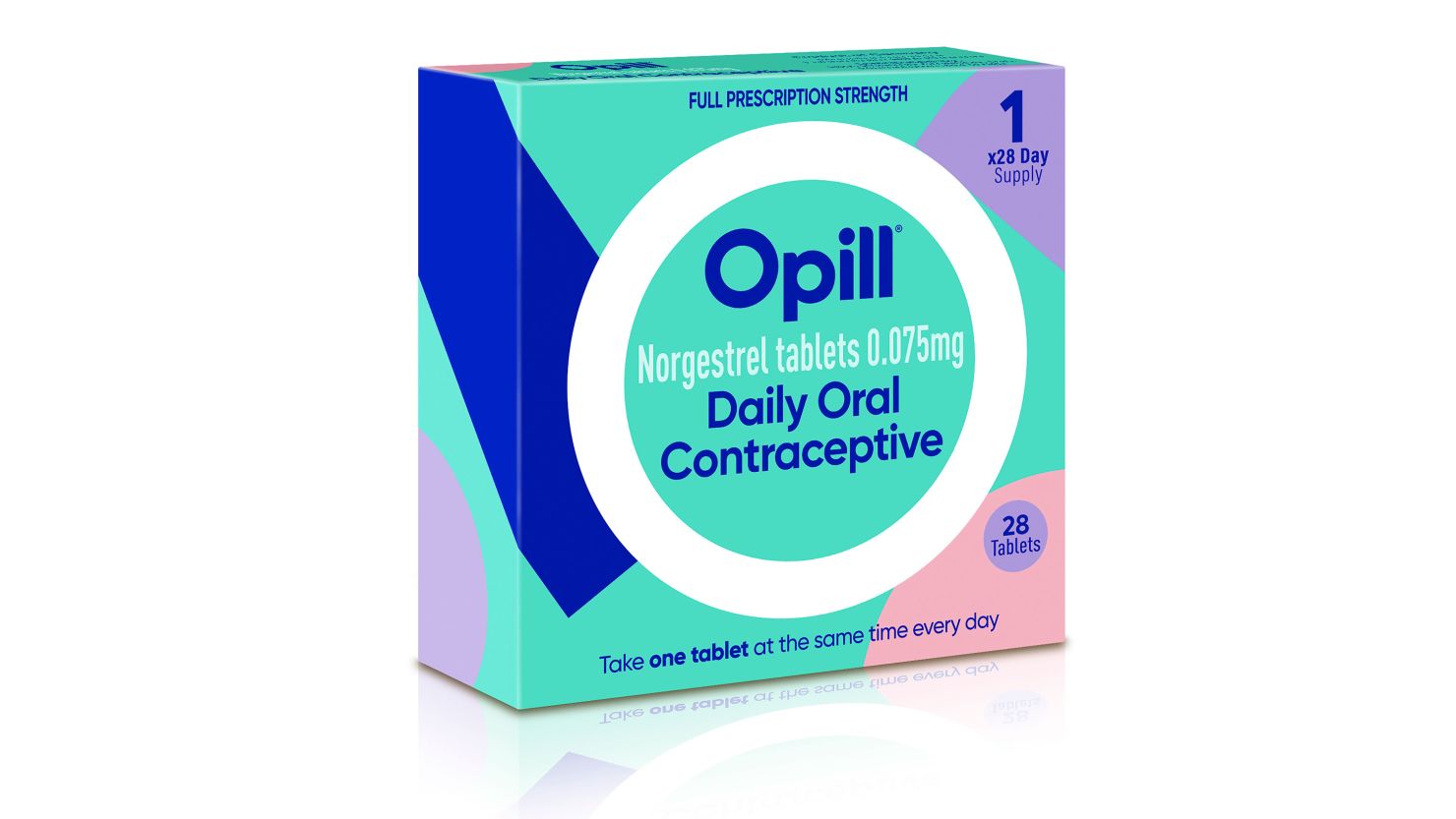Editor’s Note: Megan L. Ranney MD MPH is an emergency physician and Dean of the Yale School of Public Health.?Monique Rainford?MD is an obstetrician and gynecologist, Assistant Professor of Clinical Obstetrics, Gynecology and Reproductive Science at the Yale School of Medicine, and an EMBA student at Yale School of Management. She is author of the book “Pregnant While Black: Advancing Justice for Maternal Health in America.”?The views expressed in this commentary are their own. View more opinion at CNN. Neither author is connected to the makers of Opill; this piece does not constitute an endorsement of the product.
As practicing physicians and public health leaders, we applaud the US Food and Drug Administration’s (FDA)?approval of Opill?as an over-the-counter (OTC) birth control pill — the first of its kind in the US.


This approval is a big win for Americans’ ability to have planned and healthy pregnancies. Opill is?eminently safe and effective?— more so than many other OTC drugs. Indeed, outside of the US,?similar pills?have been?available OTC in many countries?for decades?without issue.
This approval is, in fact, overdue. In health care, we sometimes refer to oral contraceptives like Opill as a “mini-pill,”?because?it only contains progestin, a synthetic version of the hormone progesterone, whereas?other kinds of oral contraceptives contain analogues of both progesterone and estrogen.
Decades?of?evidence?show that mini-pills avoid the potential risks of estrogen-progestin combination pills, such as blood clots, and are safe for?almost all?people — removing the argument that a doctor’s visit is necessary prior to starting the pill. (As doctors, we do remind readers that people who are pregnant, have breast cancer, liver tumors or who have unexplained vaginal bleeding?should still avoid?the Opill.) Moreover, progestin-only contraceptives like Opill can be up to 98% effective?when used exactly as directed.
Improving access to contraceptives is a?critically important part?of our toolbox in trying to reduce the US’ abysmal?maternal mortality rates.?Contraceptive use may have?decreased maternal mortality?by as much as 44% worldwide, and increased use could reduce deaths by another 29%, according to an analysis of 172 countries by researchers at Johns Hopkins University.
Yet more than?19 million women?in the US live in “contraceptive deserts.” According to a survey conducted by?researchers?a decade ago, nearly?one-third of American women?who tried to get a prescription for a birth control pill reported difficulty doing so. Access has only become more difficult in recent years, as barriers to reproductive health care?have increased?for women.?Black?and?Hispanic women?often?face greater difficulty?accessing contraceptive services.
In a post-Dobbs world, when post-pregnancy care and abortion services are?increasingly challenging to find, preventing unwanted or unsafe pregnancies becomes even more important.
An OTC birth control pill will make a huge difference.?Common obstacles?to getting a birth control pill prescription — such as lack of a primary physician, lack of time for or transportation to a physician visit or lack of trust in health care providers – are eliminated when a pill becomes available OTC.?Providing teens?with good, non-prescription options to prevent pregnancy (in addition to condoms) matters particularly deeply.
Unfortunately, though, Opill’s approval as an OTC medication is not a magic wand. Problems with accessing reproductive health care extend beyond a single medication’s prescription status, and they are?increasing nationwide.
For example, we have seen that despite continued?FDA?approval of mifepristone (the first of a two-part abortion pill),?some pharmacies?may not make this medication available in states with restrictive abortion laws. We worry that, similarly, pharmacies in some states will be hesitant to stock Opill.
There may be economic barriers, too. We are still waiting to learn?how Opill will be priced. The requirement for insurance companies to cover the?full cost?of contraceptive services seems to?apply?only to those that have been?prescribed. OTC contraceptives like Opill will most likely require people to?pay out-of-pocket. Offering vouchers for low-income people, providing the medication for free or at a reduced cost in easily accessible locations, pricing Opill appropriately or clarifying insurance regulations?could mitigate cost concerns.
Despite Opill’s terrific efficacy in clinical studies, we know that the real world differs from a clinical trial. It is tremendously important for people to learn how to take Opill correctly — at the same time, every day, every month. It is also important to understand that the medication is?not a “morning after” pill, so it will not prevent pregnancy if taken after unprotected sex.
We hope that community organizations will partner with health care providers, pharmacists and public health experts to ensure people have accurate information from sources they trust. Community health workers could potentially play a valuable role in these efforts. Attention to disparities in access to information (or confidence in the people who provide that information) matters deeply.
Get Our Free Weekly Newsletter
- Sign up for CNN Opinion’s newsletter
- Join us on Twitter and Facebook
Opill will not solve all the difficulties that women have in accessing safe and effective contraception. It does not eliminate all the?negative effects?of state policies that limit women’s reproductive rights. It cannot eliminate racial and ethnic disparities in women’s reproductive choice. And although Opill is better than no pill at all, there are?more effective methods?of contraception that require a less strict commitment to taking a pill at the same time, every day.
Nonetheless, we celebrate this news. Our job as health?care?practitioners and leaders is to ensure that women regardless of their racial, ethnic, geographic or economic background have all the information to use this tool effectively and can access it and afford to use it without difficulty.
Opill’s OTC availability provides another valuable tool that women can use to take control of their reproductive rights — something that matters now, more than ever.

